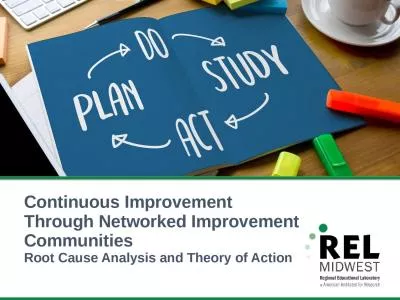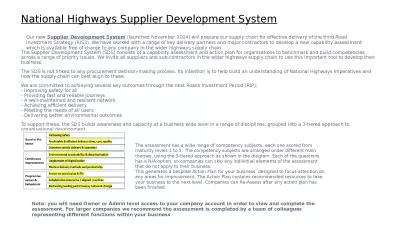PPT-Modern GROUND IMPROVEMENT TECHNIQUES FOR HIGHWAYS
Author : aaron | Published Date : 2017-06-22
PRESENTED BY ARCHANA MALLICK 7 TH SEMCIVIL INTRODUCTION T ransportation contributes to the economicindustrialsocial and cultural development of any country Transportation
Presentation Embed Code
Download Presentation
Download Presentation The PPT/PDF document "Modern GROUND IMPROVEMENT TECHNIQUES FO..." is the property of its rightful owner. Permission is granted to download and print the materials on this website for personal, non-commercial use only, and to display it on your personal computer provided you do not modify the materials and that you retain all copyright notices contained in the materials. By downloading content from our website, you accept the terms of this agreement.
Modern GROUND IMPROVEMENT TECHNIQUES FOR HIGHWAYS: Transcript
Download Rules Of Document
"Modern GROUND IMPROVEMENT TECHNIQUES FOR HIGHWAYS"The content belongs to its owner. You may download and print it for personal use, without modification, and keep all copyright notices. By downloading, you agree to these terms.
Related Documents

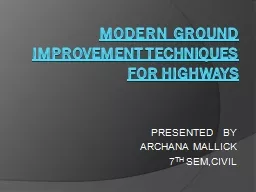
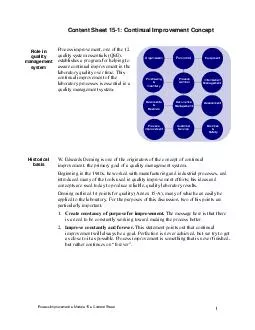
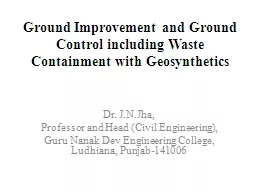







![[EBOOK]-Divided Highways: Building the Interstate Highways, Transforming American Life](https://thumbs.docslides.com/956434/ebook-divided-highways-building-the-interstate-highways-transforming-american-life.jpg)
![[READ]-Divided Highways: Building the Interstate Highways, Transforming American Life](https://thumbs.docslides.com/957401/read-divided-highways-building-the-interstate-highways-transforming-american-life.jpg)
